News & Events
Article featured in Who Do You Think You Are? Magazine
Throughout history, illegitimate children have been subject to stigma, with the mothers often left to struggle to support their offspring. The introduction of the New Poor Law in 1834 meant that mothers of illegitimate children could no longer apply for relief from their parish, but they could try to get financial maintenance from the father through the local court of petty sessions. Carmarthenshire Archives holds an item that lists some of these cases from 1877–1889, as archives assistant Jenna explains.
What Is The Book?
The Book which is part of the archive’s Trant Solicitors Collection, records illegitimate births in Llanboidy, Carmarthen and St. Clears in Carmarthenshire during the 1870s. It lists cases brought at the local petty sessions by mothers of illegitimate children seeking maintenance from the supposed biological father. It details the name of the mother, the name of the putative father, dates of trials, and outcomes including costs and maintenance that were awarded to the mother. We don’t know for certain who compiled the book, but we suspect that it was the local Poor Law board.
In one example, a summons was issued on 20 May 1886 at the request of a Mary Ann Stephens to the putative father, a commercial traveler named Watkin Jenkins. The hearing was held on 5 June, and it was awarded that Mary Ann and her child receive 3s a week as a standing order, 5s in birthing expenses, and £2 4s 8d for the cost of the order. The equivalent in modern currency is approximately £12 a week in maintenance, £20 for the midwife, and £183 in costs.
Interestingly, the court proceedings for this particular case can be found in the Carmarthen County petty sessions and detail how the pair became intimate over a period of two years while Watkin was delivering tea to Mary Ann’s parents’ farm in Llanarthney, leading to her pregnancy.
These proceedings also call upon a number of witnesses for the prosecution to support Mary Ann’s case. These witnesses include an Eleanor Evans who attests to witnessing Watkin’s “arm around her neck” in April 1885 and another potential neighbour of Mary Ann, an Ebenezer Thomas. In total the notes for the case run to four pages. Watkin Jenkins claims to have never seen Mary Ann before the hearing, but nevertheless he is judged to be the child’s father and is ordered to maintain her until she attains the age of 13 years.
Why Did You Choose It As Your Gem?
The Book can be viewed as an index that can provide otherwise unknown, or difficult to find, information of an illegitimate birth, and thus the father. If the records of the court in which the case was heard are extant, as above, then more information can be gleaned. Unfortunately, however, the supporting records have often not survived, in which case items such as the book might provide the missing piece of a puzzle that can complete a family tree.
What Does The Book Show About 19th Century Carmarthenshire?
Some might imagine 19th century Carmarthenshire as picturesque, but the reality is that the lower classes were often dominated by a ruling gentry class, so didn’t have the same societal opportunities. However, the book showcases the quality of the justice system that everyone was entitled to regardless of their status. This may, in part, have been driven by a need to reduce chargeability to the parish in the form of poor relief, but there is no evidence for this because the records from this period for the poorhouse in Carmarthen have not survived. As evidenced by the information provided in the book for whatever reason mothers were able to file for court proceeding against a putative father for financial aid on their child’s behalf. I believe this is fairly progressive for a period when women did not yet have the right to vote.
What Other Records Are In Your Collection?
We house a variety of documents relating to the Carmarthenshire area. These include parish registers, diaries, letters, court records, photographs, records of local government, education records, estate records and school records, dating back to the 13th century and taking up nearly two and a half miles of shelving.
Carmarthenshire Archives is also home to some notable documents including the Carmarthen Gaol Felons’ Register (1844–1871). A rare example of its kind to include photographs of prison inmates, the register is of historical national importance. It was not the product of the official system but that of the prison governor at the time, who had an interest in photography and perhaps recognised the value of photos rather than relying on descriptions of felons.
Additionally, we also house the Vaughan Pedigree. Dating to the 17th century, this document shows the ancestry of Sir Richard Vaughan – who served as the lord president of Wales (1660–1672) – from his ancestral roots of Hywel Dda to Roderick the Great and William the Conqueror. It is beautifully illustrated, and measures approximately 19 feet by five feet. The vellum roll has also been preserved and has a purpose-built case.
However, one of my favourite documents in our collection is the Soppitt Psalter. It has been suggested that this 13th century prayer book, beautifully bound with gold inlay, may have belonged to a woman (a nun?) due to its small size.
Article featured in Who Do You Think You Are magazine
- Location:
